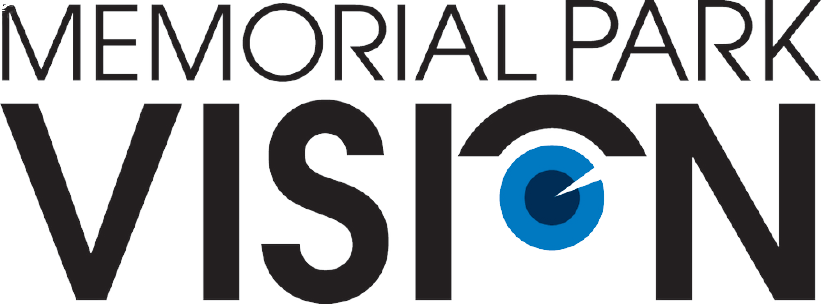Myopia Management
What is myopia?
Myopia, also known as nearsightedness, is where a person can see better up close than they can far away. The most common symptom is blurry vision when looking at things at a distance. Both children and adults can be nearsighted, but it’s incredibly important to discuss myopia management in Houston for children with myopia. This is because myopia in children tends to get worse and can even increase their risk for other eye conditions.
Nearsightedness typically develops in childhood and gets worse as the eyes grow. It’s caused by light coming into the eye and focusing in front of the retina, instead of on the retina. As your child’s eyes develop, they tend to lengthen, often making this worse. Myopia typically worsens significantly in the teen years and plateaus in adulthood after the eyes stop growing.
Myopia is becoming increasingly common, with cases growing in the U.S. significantly in recent years. Some things that can contribute to myopia include genetics, poor lighting, using digital devices, and not getting enough exposure to outdoor sunlight.
Myopia can also increase the risk for serious eye diseases, including:
Cataracts
Glaucoma
Retinal detachment
Myopic macular degeneration
Nearsighted children may benefit from myopia management to help stop or slow the worsening of myopia.
Myopia managment in Houston
Myopia management is different for each person, but includes a plan to help slow or stop the progression of myopia. There is no “cure” for myopia, but there are many different strategies that may help reduce the risk of your child’s myopia getting worse.
There are some lifestyle changes that may help reduce the progression of myopia, such as reducing the amount of close-up work the eyes do (like using smartphones, tablets, and other digital devices) each day and increasing the amount of outdoor sunlight your child gets each day. However, in many cases, your child may also need other myopia management interventions to help slow or stop the progression of myopia. Our optometrists can help you develop an overall strategy to help reduce your child’s future risks to their sight and eyes.
Myopia management may include many different treatments, such as special glasses and contact lenses, medicated eye drops, and special contact lenses worn at night to help reshape the cornea. We may recommend one or a combination of these to help with myopia.
Myopia Management Treatment Options
Glasses & Contacts
If your child is nearsighted, then it makes sense that they may need glasses or contacts. However, one strategy that may help with myopia control includes using bifocal or multifocal glasses or contact lenses. These types of prescriptions help the eyes focus on things close up and in the distance.
You might wonder why your nearsighted child might need a multifocal prescription if they generally only struggle with distance vision. Having a multifocal prescription can help reduce the stress on the eye needed for focusing close up, such as when reading. Extra stress on the eyes may contribute to myopia progression, which is why we may prescribe multifocal, bifocal, or progressive lenses for myopia management in Houston.
Corneal Reshaping Lenses
In some cases, we may also recommend ortho-k (orthokeratology) contact lenses. These are rigid gas permeable contact lenses that your child wears at night to help reshape the cornea. Another factor that might contribute to myopia is that your child’s eyes lengthen as they grow, which can make nearsightedness worse. Corneal reshaping lenses may help reduce this lengthening process.
Signs of Myopia
Holding books or homework close to their face
Squinting when reading
Using one eye to read
Sitting close to the television
Declining performance in school or athletics
Frequent headaches
Requently watery eyes
Declinging interest in activites that require distance vision
Rubbing the eyes frequently
Asking to sit in the front of the classroom
